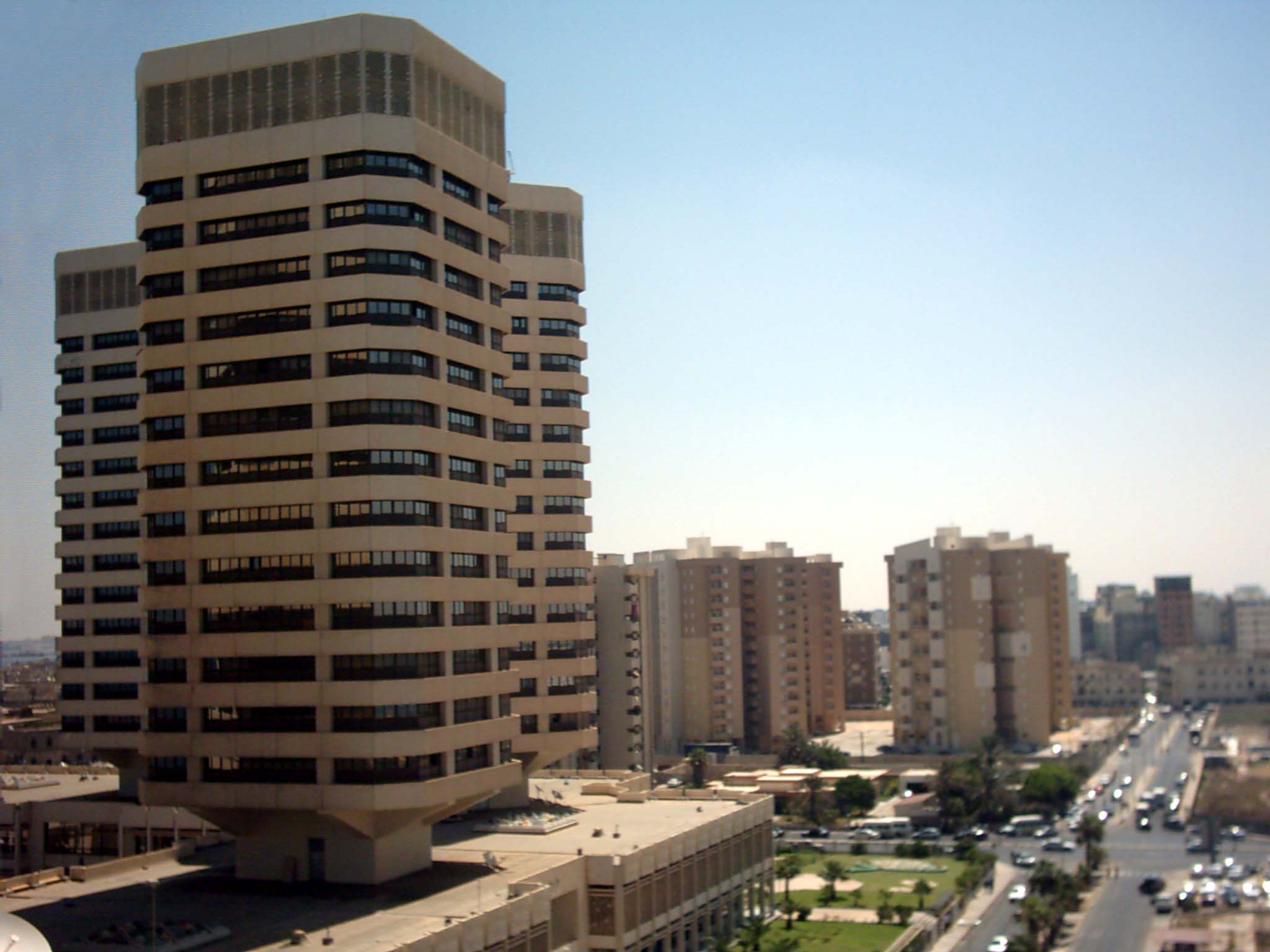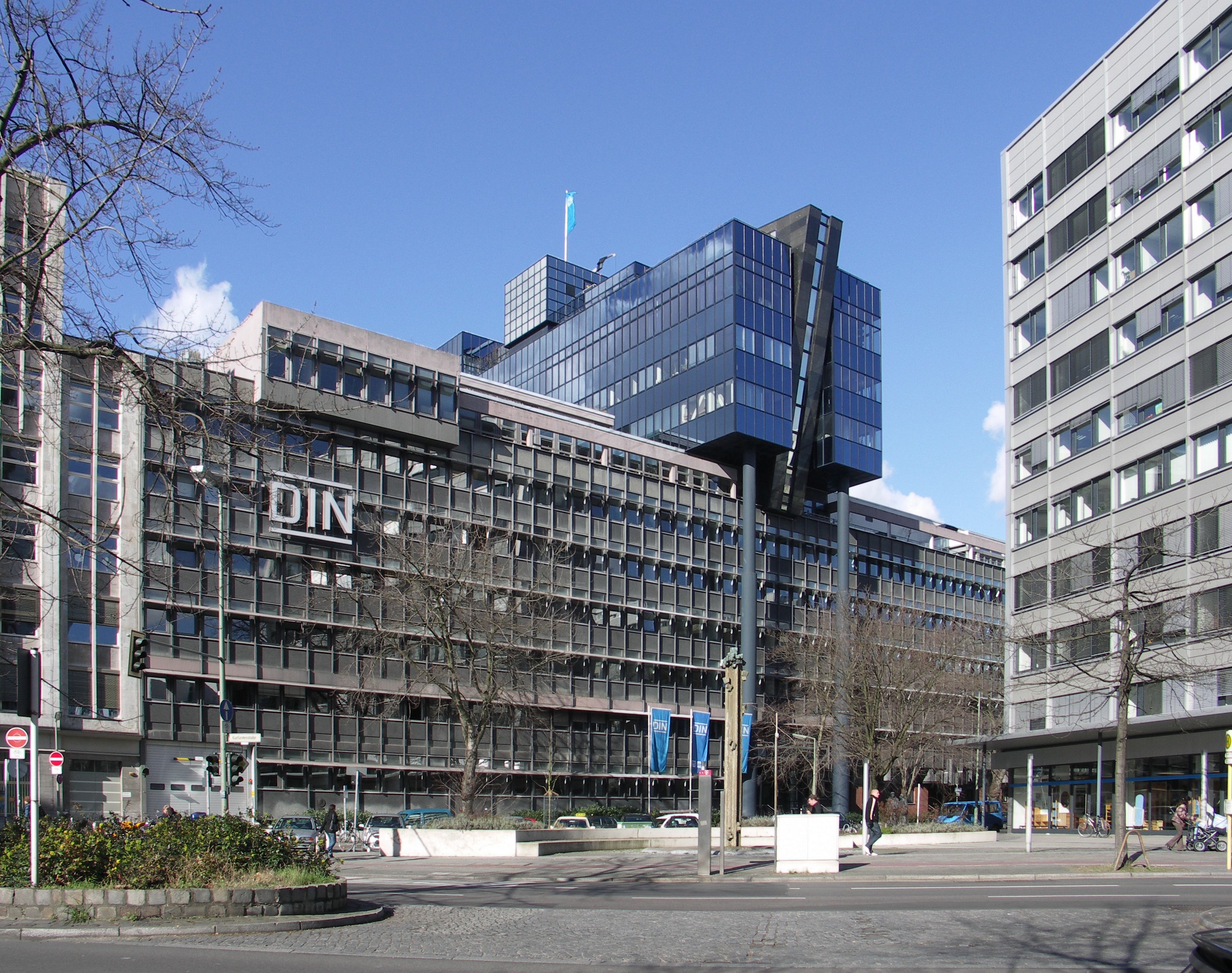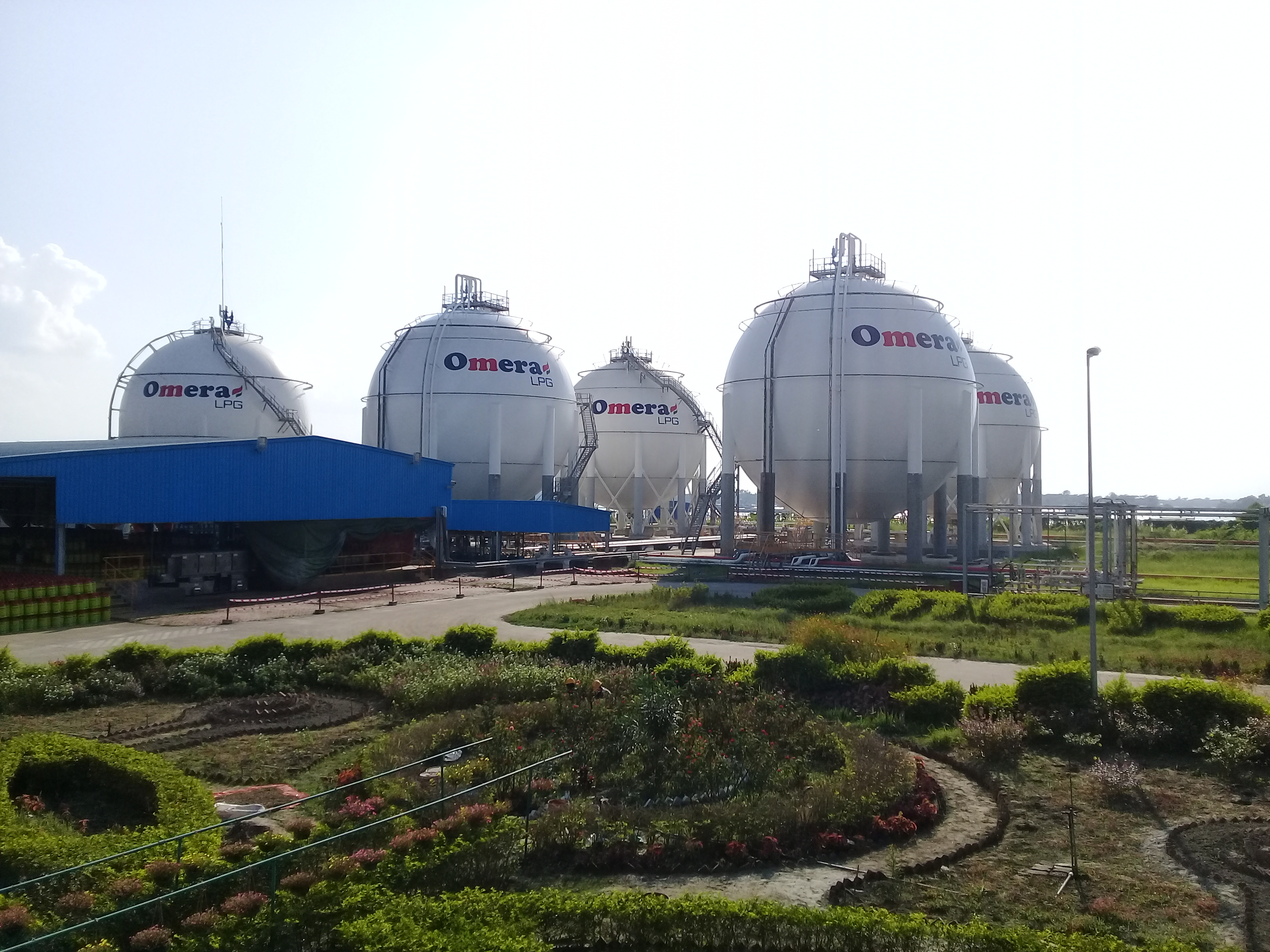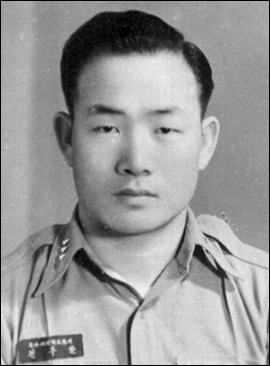|
Saehan Bird
The Daewoo Maepsy (대우 맵시) is a compact car manufactured by GM Daewoo, Daewoo (and its predecessor Saehan Motors, Saehan) in South Korea from December 1977 to 1989. The Maepsy was a badge engineered version of the Opel Kadett C, or to be more precise, of the PF50 Isuzu Gemini. Originally the car was sold as the Saehan Gemini (Saehan Bird in export markets), but in February 1982 the car evolved to become the Saehan Maepsy. By 1983 it was called the Daewoo Maepsy after Saehan Motor was bought out by the Daewoo, Daewoo Group, and finally the Daewoo Maepsy-Na (''New Maepsy'', 맵시나). The word "maepsy" means "beautiful" in Korean. Design The original Gemini was equipped with a 1492 cc imported four-cylinder engine. Power was at 5,400 rpm, for a claimed top speed of . This imported engine made the car rather expensive, however, and when the Hyundai Pony was introduced Saehan's market share dropped precipitously. A measure of popularity was retained as the Gemini was ... [...More Info...] [...Related Items...] OR: [Wikipedia] [Google] [Baidu] |
GM Daewoo
GM Korea Company () is the South Korean subsidiary of American multinational corporation General Motors and the third largest automobile manufacturer in South Korea. GM Korea's roots go back to the former Daewoo Motors vehicle brand, which was split from its parent company, Daewoo, in 2002. In addition to importing vehicles for sale into South Korea, the company also operates three manufacturing facilities producing vehicles for the domestic market and for export. History Predecessors GM Korea's roots go back to the remnants of the Korean War and Shinjin Motors, which launched its business by rebuilding scrapped US military vehicles. Shinjin Motor was first established as National Motor in 1937 in Bupyeong-gu, Incheon, Japanese Korea. After changing its name to Saenara Motor in 1962, Saenara Motor was bought by Shinjin Industrial in 1965, which changed its name to Shinjin Motor after establishing a partnership with Toyota. After Toyota's withdrawal in 1972 (to keep doing ... [...More Info...] [...Related Items...] OR: [Wikipedia] [Google] [Baidu] |
Daewoo
Daewoo ( ; ; ; ; literally "great universe" and a portmanteau of "''dae''" meaning great, and the given name of founder and chairman Kim Woo-choong) also known as the Daewoo Group, was a major South Korean chaebol (type of conglomerate) and automobile manufacturer. It was founded on 22 March 1967 as Daewoo Industrial and was declared bankrupt on 1 November 1999, with debts of about US$50 billion (equivalent to $ billion in ). Prior to the 1997 Asian financial crisis, Daewoo was the third largest conglomerate in South Korea, behind the Hyundai Group and LG Corporation, Lucky-Goldstar (later became LG Corporation). There were about 20 divisions under the Daewoo Group, some of which survived as independent companies. History Beginning and development The Daewoo Group was founded by Kim Woo-choong in March 1967. He was the son of the Provincial Governor of Daegu. He graduated from the Kyonggi High School, then finished with an Economics Degree at Yonsei University in Seoul ... [...More Info...] [...Related Items...] OR: [Wikipedia] [Google] [Baidu] |
Cars Introduced In 1977
A car, or an automobile, is a motor vehicle with wheels. Most definitions of cars state that they run primarily on roads, Car seat, seat one to eight people, have four wheels, and mainly transport private transport#Personal transport, people rather than cargo. There are around one billion cars in use worldwide. The French inventor Nicolas-Joseph Cugnot built the first steam-powered road vehicle in 1769, while the Swiss inventor François Isaac de Rivaz designed and constructed the first internal combustion-powered automobile in 1808. The modern car—a practical, marketable automobile for everyday use—was invented in 1886, when the German inventor Carl Benz patented his Benz Patent-Motorwagen. Commercial cars became widely available during the 20th century. The 1901 Oldsmobile Curved Dash and the 1908 Ford Model T, both American cars, are widely considered the first mass-produced and mass-affordable cars, respectively. Cars were rapidly adopted in the US, where they replac ... [...More Info...] [...Related Items...] OR: [Wikipedia] [Google] [Baidu] |
Daewoo Vehicles
Daewoo ( ; ; ; ; literally "great universe" and a portmanteau of "''dae''" meaning great, and the given name of founder and chairman Kim Woo-choong) also known as the Daewoo Group, was a major South Korean chaebol (type of conglomerate) and automobile manufacturer. It was founded on 22 March 1967 as Daewoo Industrial and was declared bankrupt on 1 November 1999, with debts of about US$50 billion (equivalent to $ billion in ). Prior to the 1997 Asian financial crisis, Daewoo was the third largest conglomerate in South Korea, behind the Hyundai Group and Lucky-Goldstar (later became LG Corporation). There were about 20 divisions under the Daewoo Group, some of which survived as independent companies. History Beginning and development The Daewoo Group was founded by Kim Woo-choong in March 1967. He was the son of the Provincial Governor of Daegu. He graduated from the Kyonggi High School, then finished with an Economics Degree at Yonsei University in Seoul. During the 1 ... [...More Info...] [...Related Items...] OR: [Wikipedia] [Google] [Baidu] |
Pelham, New York
Pelham is a suburban town in Westchester County, approximately 10 miles northeast of Midtown Manhattan. As of the 2020 census, it had a population of 13,078, an increase from the 2010 census.United States Census Bureau, 2020 Report, Pelham town, New York Historically, Pelham was composed of five villages and became known as "the Pelhams". Pelham currently contains two independently incorporated villages: the Villages of Pelham and Pelham Manor. Approximately 35 minutes away from Grand Central Terminal by the Metro-North Railroad's New Haven Line, Pelham is home to many New York City commuters and has an active social community for its residents. The Bronx–Whitestone Bridge is approximately south of the town. It is also northeast of LaGuardia Airport and north of John F. Kennedy International Airport. Geography According to the United States Census Bureau, the town has a total area of . It is directly north of the Bronx, a New York City borough, and borders Eastches ... [...More Info...] [...Related Items...] OR: [Wikipedia] [Google] [Baidu] |
Deutsches Institut Für Normung
' (DIN; in English language, English, the German Institute for Standardisation) is a Germany, German non-profit organization and acting as national organization for standardization. DIN is the German International Organization for Standardization, ISO member body. DIN is headquartered in Berlin. There are around thirty thousand DIN Technical standard, Standards, covering nearly every field of technology. History Founded in 1917 as the ' (NADI, "Standardisation Committee of German Industry"), the NADI was renamed ' (DNA, "German Standardisation Committee") in 1926 to reflect that the organization now dealt with standardization issues in many fields; viz., not just for industrial products. In 1975 it was renamed again to ', or 'DIN' and is recognised by the German government as the official national-standards body, representing German interests at the international and European levels. The acronym, 'DIN' is often incorrectly expanded as ' ("German Industry Standard"). This is ... [...More Info...] [...Related Items...] OR: [Wikipedia] [Google] [Baidu] |
Liquefied Petroleum Gas
Liquefied petroleum gas, also referred to as liquid petroleum gas (LPG or LP gas), is a fuel gas which contains a flammable mixture of hydrocarbon gases, specifically propane, Butane, ''n''-butane and isobutane. It can also contain some propylene, butylene, and isobutylene/Isobutylene, isobutene. LPG is used as a fuel gas in HVAC, heating appliances, cooking equipment, and vehicles, and is used as an aerosol propellant and a refrigerant, replacing chlorofluorocarbons in an effort to reduce the damage it causes to the ozone layer. When specifically used as a vehicle fuel, it is often referred to as autogas or just as Autogas#Terminology variations and confusion, gas. Varieties of LPG that are bought and sold include mixes that are mostly propane (), mostly butane (), and, most commonly, mixes including both propane and butane. In the northern hemisphere winter, the mixes contain more propane, while in summer, they contain more butane. In the United States, mainly two grad ... [...More Info...] [...Related Items...] OR: [Wikipedia] [Google] [Baidu] |
Mazda C Engine
The C family was Mazda's first large piston engine design. It is not certain whether Mazda has a name for this collection of engines, and it is uncertain precisely which ones are related. PC The PC engine featured a bore and stroke. It was an eight-valve SOHC design and was designed for rear wheel drive longitudinal applications. The PC produced and in the export market 323. Applications: * 1965–1967 Mazda Familia 1000 Coupé * 1977–1983 Mazda Familia/323 (FA4P) TC The TC had a bore and stroke; a bored and stroked version of the ''PC''. Used in the 1970, 1973, and 1977 Mazda Familia, and the 1979 - 1984 Mazda Bongo / Ford Econovans as the smaller engine option, the larger being the 1.6 L Mazda NA engine. For 1977 a new, prize-winning lean burn version of the TC was developed for the new FA-series Familia, using a carburetor with an EGR valve. Thus equipped, the TC weighs . Applications: * 1970–1977 Mazda Familia/Familia Presto/Mazda 1300 * 1971–1978 Maz ... [...More Info...] [...Related Items...] OR: [Wikipedia] [Google] [Baidu] |
Kia Brisa
The , also marketed prominently as the Mazda 323, Mazda Protegé and Mazda Allegro, is a small family car that was manufactured by Mazda between 1963 and 2003. The Familia line was replaced by the Mazda3/Axela for 2004. It was marketed as the ''Familia'' in Japan, which means "family" in Latin. For export, earlier models were sold with nameplates including: "800", "1000", "1200", and "1300". In North America, the 1200 was replaced by the Mazda GLC, with newer models becoming "323" and "Protegé". In Europe, all Familias sold after 1977 were called "323". The Familia was also rebranded as the Ford Laser and Ford Meteor in Asia, Oceania, Southern Africa, some Latin American countries and, from 1991, as the Ford Escort and Mercury Tracer in North America. In addition, the Familia name was used as the Mazda Familia Wagon/Van, a badge-engineered version of the Nissan AD wagon (1994–2017) and Toyota Probox (2018–present). Mazda Familias were manufactured in the Hiroshima Pla ... [...More Info...] [...Related Items...] OR: [Wikipedia] [Google] [Baidu] |
Kia Motors
Kia Corporation (, formerly known as Kyungsung Precision Industry (京城精密工業) and Kia Motors Corporation) is a South Korean multinational corporation, multinational Automotive industry, automobile manufacturer headquartered in Seoul, South Korea. It is South Korea's second largest automobile manufacturer, after its parent company, Hyundai Motor Company, with sales of over 2.8 million vehicles in 2019. Kia is owned by Hyundai Motor Company, Hyundai, which holds a 33.88% stake valued at just over US$6 billion. Kia in turn is a minority owner of more than twenty Hyundai Motor Group, Hyundai subsidiaries ranging from 4.9% up to 45.37%, totaling more than US$8.3 billion. Etymology According to the company, "Kia" derives from the Hanja (, 'to arise') and (, which stands for wikt:亞細亞, 亞細亞, meaning 'Asia'); it is roughly translated as "Rising from (East Asia, East) Asia". History Origins and the early expansion Kia was founded on June 9, ... [...More Info...] [...Related Items...] OR: [Wikipedia] [Google] [Baidu] |
Chun Doo-hwan
Chun Doo-hwan (; 18 January 1931 – 23 November 2021) was a South Korean politician, army general and military dictator who served as the fifth president of South Korea from 1980 to 1988. Prior to his accession to the presidency, he was the country's ''de facto'' leader from 1979 to 1980. Chun usurped power after the 1979 Assassination of Park Chung Hee, assassination of president Park Chung Hee, who was himself a military dictator who had ruled since 1961. Chun orchestrated the Coup d'état of December Twelfth, 12 December 1979 military coup, then cemented his military in the Coup d'état of May Seventeenth, 17 May 1980 military coup in which he declared martial law and later set up a Samchung re-education camp, concentration camp for "purificatory education". He established the Fifth Republic of Korea on 3 March 1981. He governed under a constitution somewhat less authoritarianism, authoritarian than Park's Fourth Republic of Korea, Fourth Republic, but still held very broad e ... [...More Info...] [...Related Items...] OR: [Wikipedia] [Google] [Baidu] |
Harvard Institute For International Development
The Harvard Institute for International Development (HIID) was a think-tank dedicated to helping nations join the global economy, operating between 1974 and 2000. It was a center within Harvard University, United States. Foundation and leadership The Harvard Institute for International Development originated when Harvard University's Center for International Affairs (CFIA) tried to move away from a controversial role in giving advice on topics such as arms control, foreign aid and development. The CFIA preferred a more academic role of teaching and research. The Ford Foundation and other organizations involved in aid-giving still wanted Harvard to provide hands-on training for their staff. In 1962 the Development Advisory Service was established for this purpose, associated with the CFIA but independent. It was renamed the HIID in 1974. In 1980 the economist Arnold Harberger of the Harvard University was selected as head of the institute. The announcement met with protests fr ... [...More Info...] [...Related Items...] OR: [Wikipedia] [Google] [Baidu] |







